Categories of Waste in the Lab
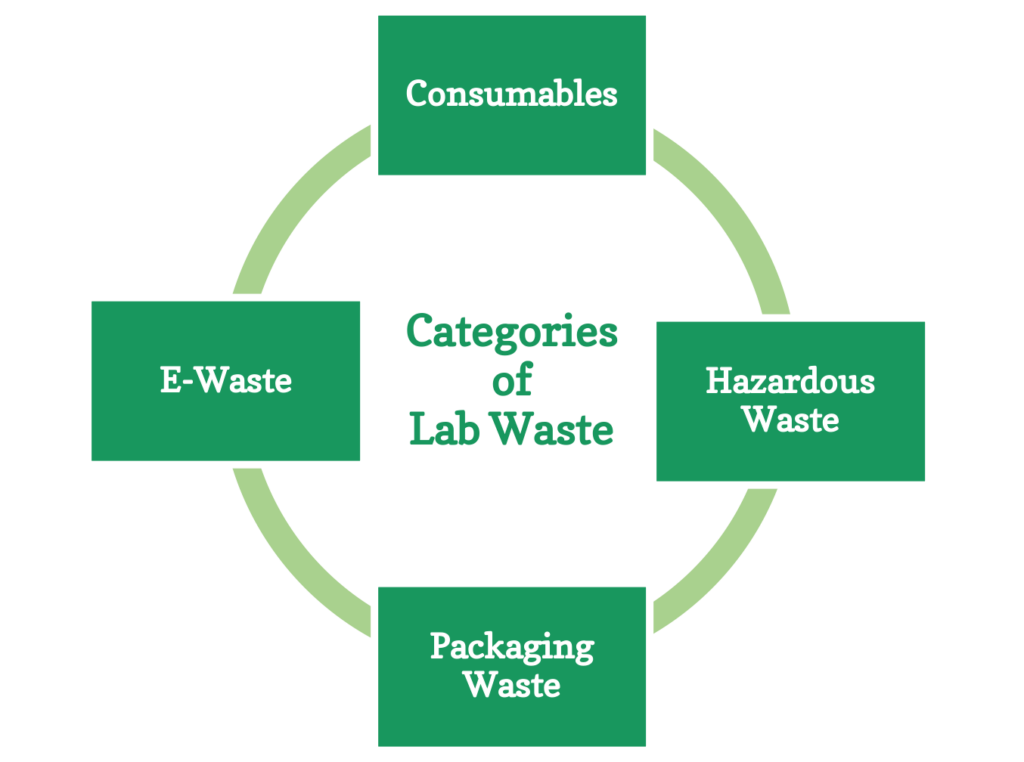
Labs can have a lot of different waste streams.
So that we can best understand where waste comes from in the lab and what we can do to prevent it, we will first group laboratory waste into a few useful categories.
CONSUMABLES
In this course, consumables are the collection of items that are used most frequently in labs and when conducting research. Very often, consumables are items that are used once and discarded, and therefore make up the bulk of non-chemical solid waste in a laboratory. Which consumables your laboratories produce will depend on the type of research, but there are a few categories that are common across most labs:
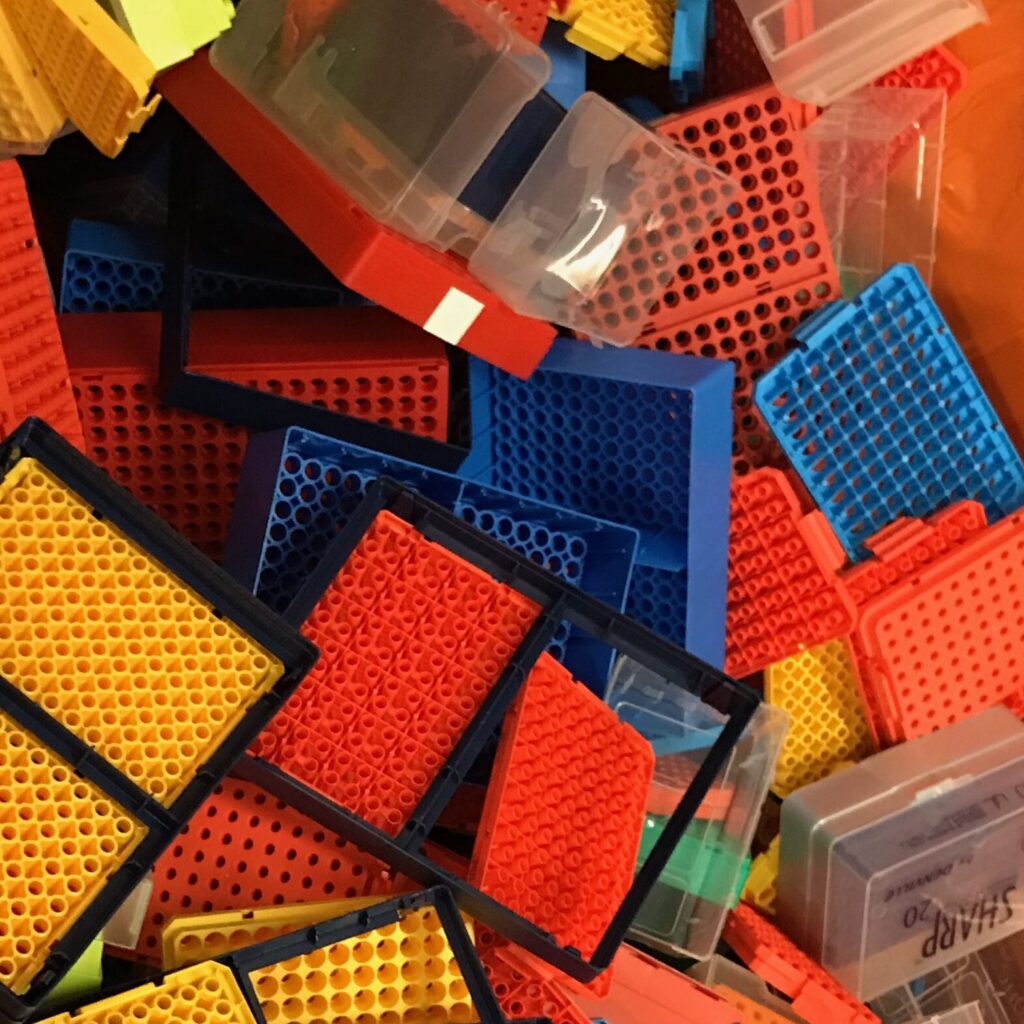
PLASTICS
Undoubtedly one of the most ubiquitous materials tossed out of our labs, plastic starts off the list. On nearly any laboratory bench you will find multiple plastic items – tube racks, pipette tips, conical vials, filtration flasks, culture dishes….the list goes on and is continually growing as research and industries find new reasons to produce items out of plastic. Many single-use, plastic consumables are sterile and are used in place of glass products that need to be cleaned and sterilized between uses.
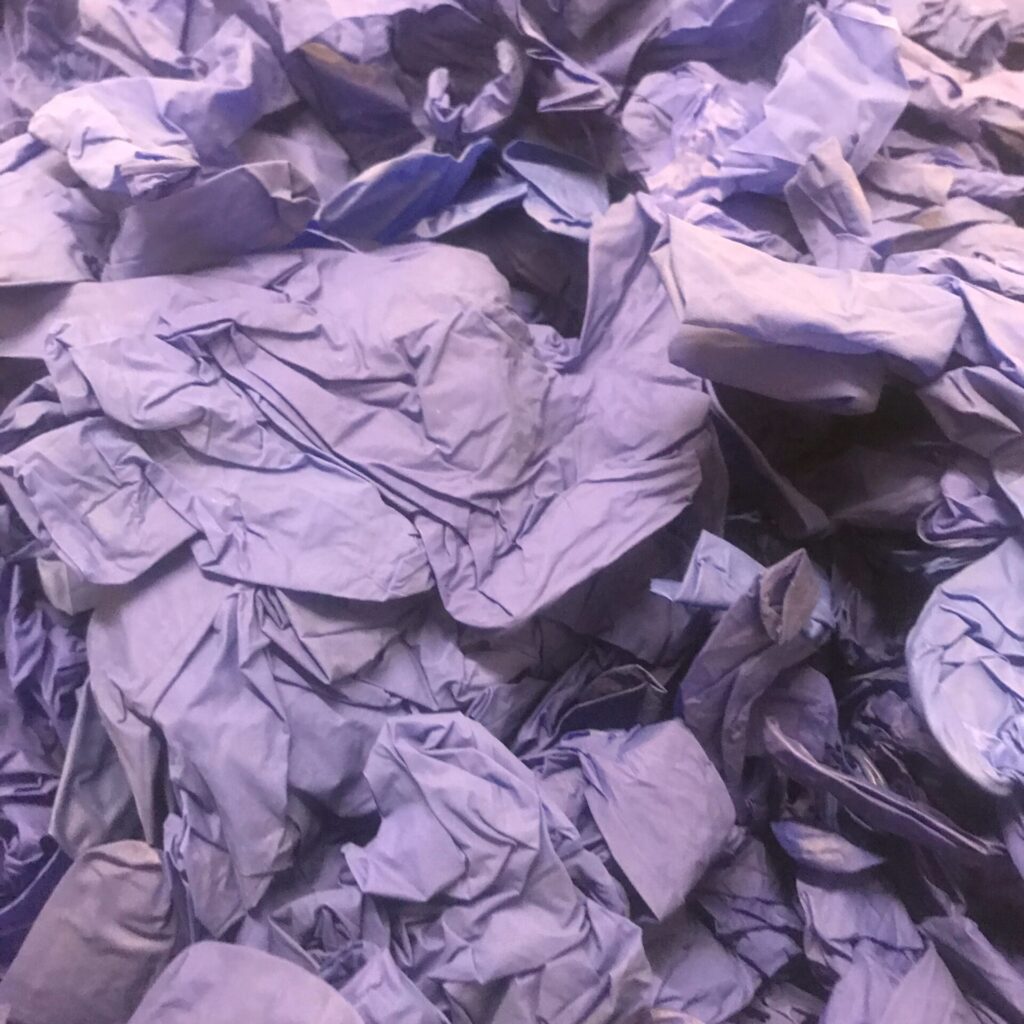
GLOVES & GARMENTS
Gloves can be nitrile, latex or vinyl; regardless of the material, they often become hard to dispose of once they have been contaminated by chemical or biological materials in the lab. Even uncontaminated gloves and garments pose a problem, as they can’t be recycled in standard processes. Gloves and disposable garments can be found in nearly every lab as they are necessary to protect laboratory personnel.
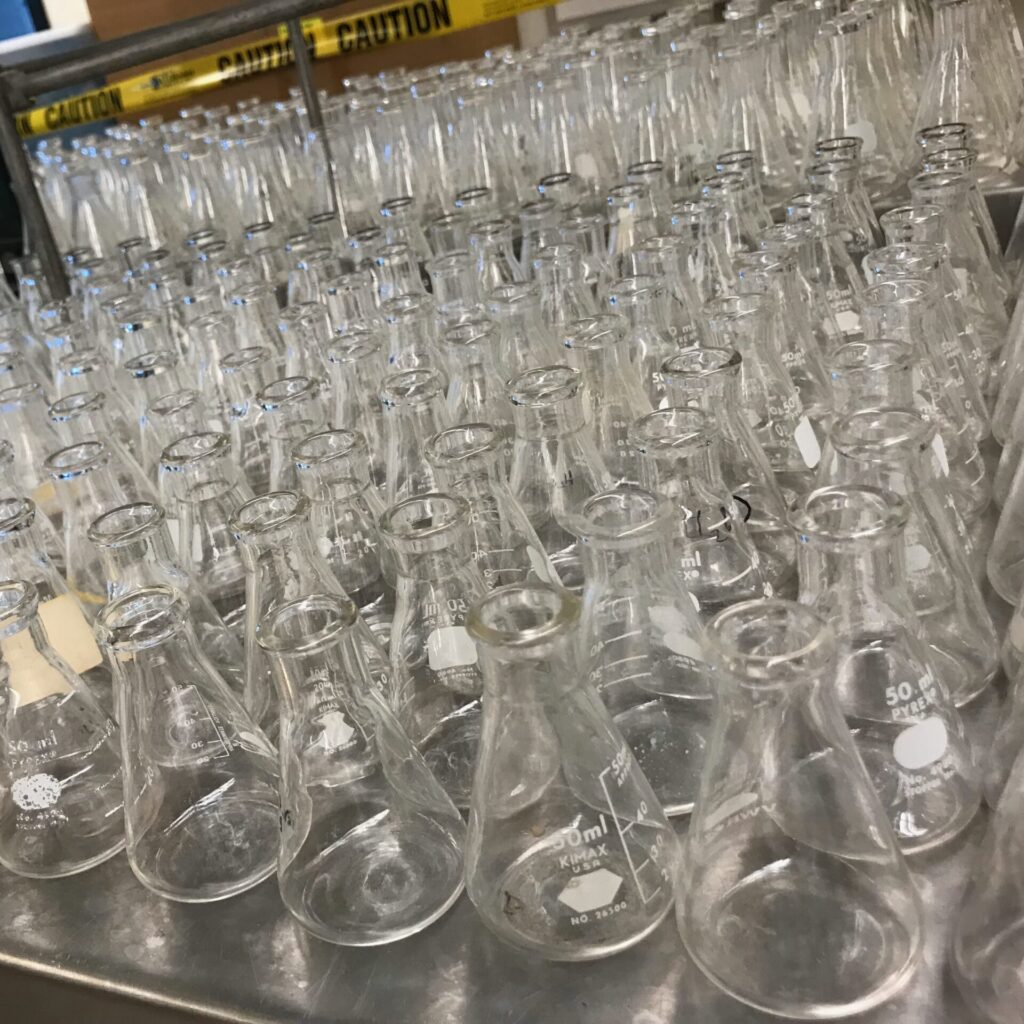
GLASS
Single-use glass items are also common in laboratories and may include products like HPLC vials, microscope slides, test tubes, and glass pipettes. Glass consumables are often collected separately in labs for disposal, due to their nature of being sharp when broken.
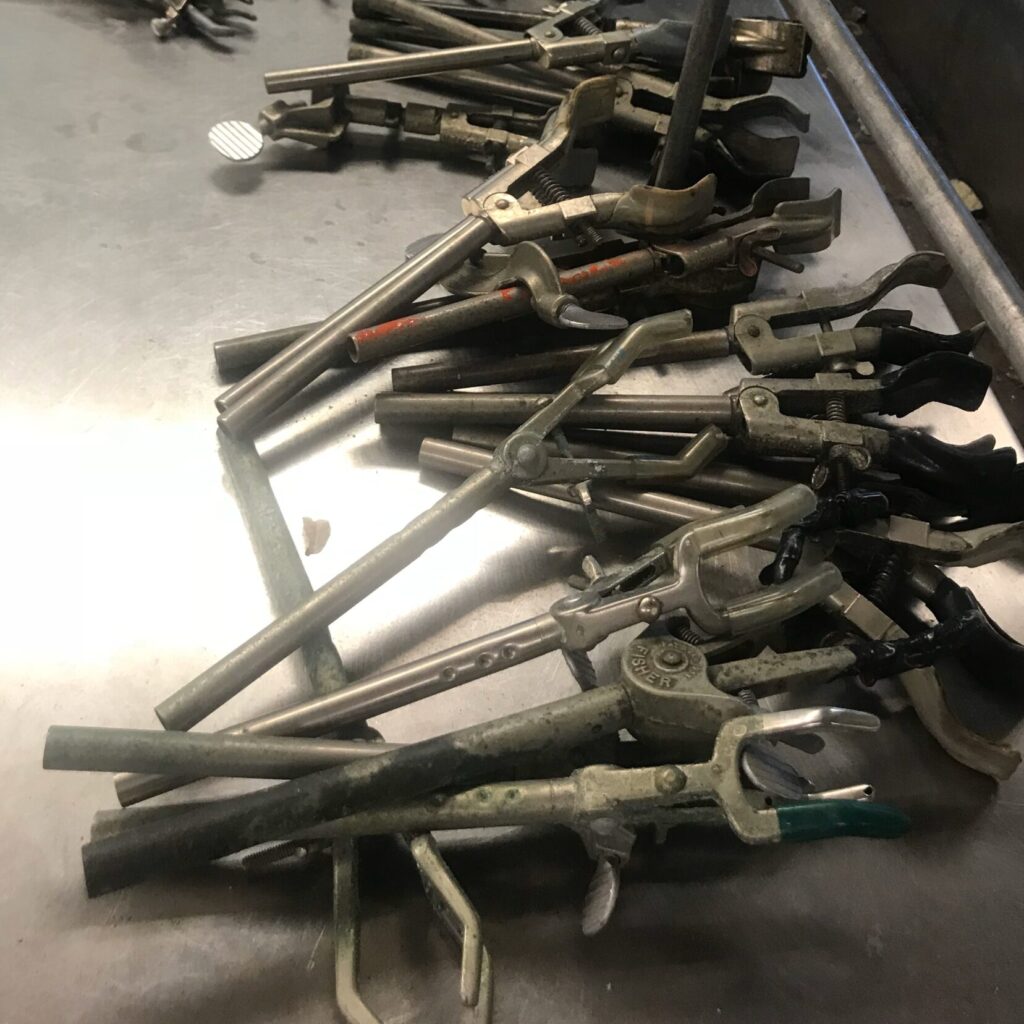
OTHER CONSUMABLES
Metal tubing, aluminum foil, microprocessing chips, paper filters, wipes – the items in this category could be different for each individual research lab. As we will discuss later, it is important to recognize what kinds of single-use consumables your lab uses so you can consider the best way to manage and minimize those waste streams.
HAZARDOUS WASTE
The United States Environmental Protection Agency (EPA) defines hazardous waste as “a waste with properties that make it dangerous or capable of having a harmful effect on human health or the environment.” In the European Union it is defined as any substance having one or more of 15 different hazard properties, including explosive, ecotoxic, and mutagenic.
You can think of this category as anything that needs to exit your lab through a specific, regulated stream or process. Chemicals, tissue samples, sharp objects, animals – these are all materials that certainly can’t be tossed into a standard trash or recycling bin.
Your institution’s health and safety personnel are the foremost experts on the question of what constitutes hazardous waste in your lab, so be sure to work with your safety officers to learn what is considered hazardous waste in your labs.
Below are general definitions for the hazardous waste categories, as they will be addressed within this course.
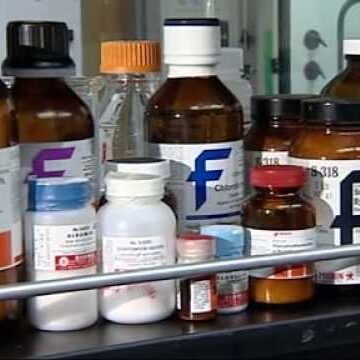
CHEMICAL WASTE
This category can include, but is not limited to: unused or expired chemicals (both solid and liquid), intermediates or byproducts created in lab processes, solvents and oils, materials containing detectable toxic chemicals, resins, and more.
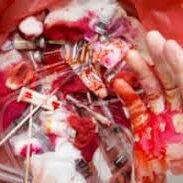
BIOHAZARDOUS & MEDICAL WASTE
Biohazardous and medical wastes contain infectious agents or hazardous biological materials. Biohazardous waste may contain blood, tissues, bacteria, molds, viruses and more; as well as any of the consumables or other materials that they come in contact with. Syringes or sharps are also typically collected as biohazardous waste.
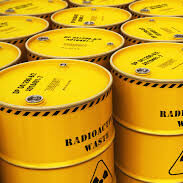
RADIOACTIVE WASTE
Radioactive wastes in the laboratory commonly come from experiments used to label tissues or molecules for visualization or analysis. These materials will naturally decay over time, but that time can range from hours to hundreds of thousands of years. Radioactive waste may include solid or liquid waste as well as all consumables that came in contact with radioactive elements.
PACKAGING
The variety and volume of materials used in packaging and shipments have gone up worldwide in recent years, but laboratories have always had their own specific challenges and materials to consider. Whether you are keeping an antibody cold or a spectrometer safely cushioned, we find that labs receive quite a lot of the following:
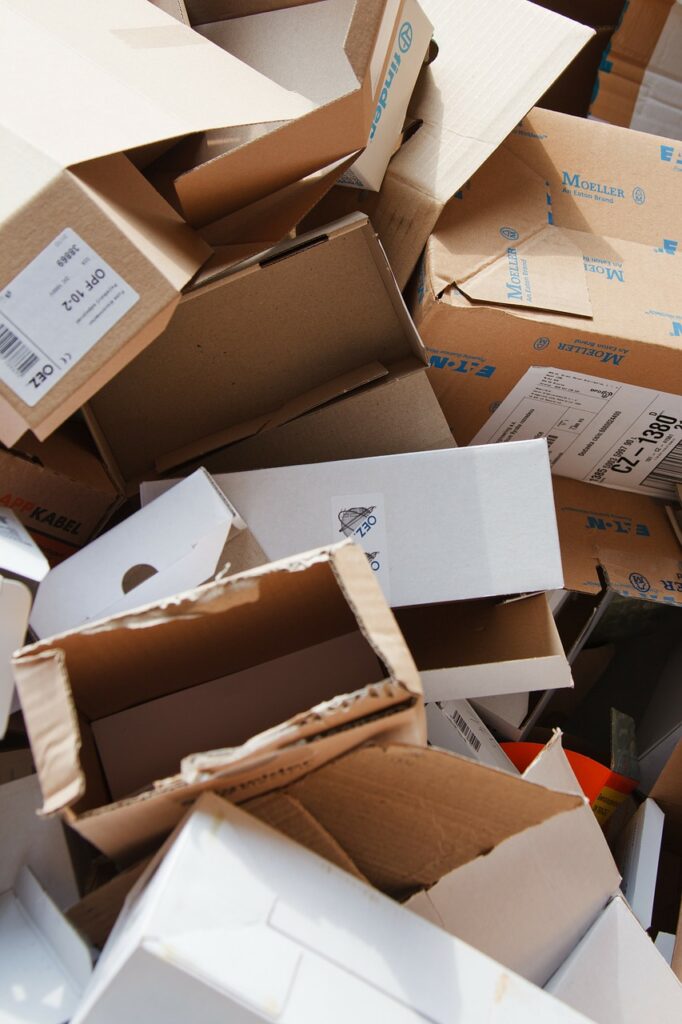
- Expanded Polystyrene (EPS) – Often as coolers used to keep products cold during shipment, filler or cushioning in packaging, tube racks
- Gel and Ice Packs – From cold shipments
- Plastic Film – Sterile bags around consumables, wrapping around shipments or instrumentation
- Corrugate and paperboard – Often from shipments, or as packaging for kits and reagents
- Glass bottles – Often the container for chemicals or reagents
E-WASTE
Electronic waste, or “e-waste”, is a category which continues to grow in the scientific arena. Whether academic or industrial in nature, all labs aspire to have the most cutting edge and advanced technology; this inevitably leads to a surplus of outdated or unneeded equipment and electronics.
The electronic devices in your laboratories could range from common equipment such as HPLCs, water baths or freezers, to instruments for more specific applications such as sequencers, lasers, or cell counters. Lab equipment might also be something found outside the lab – many labs will own electronics such as 3D printers, microwaves, and computers.
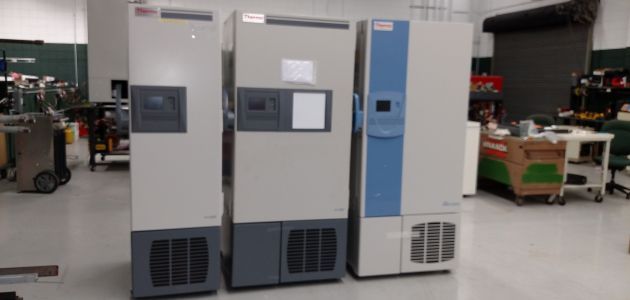
Large Equipment 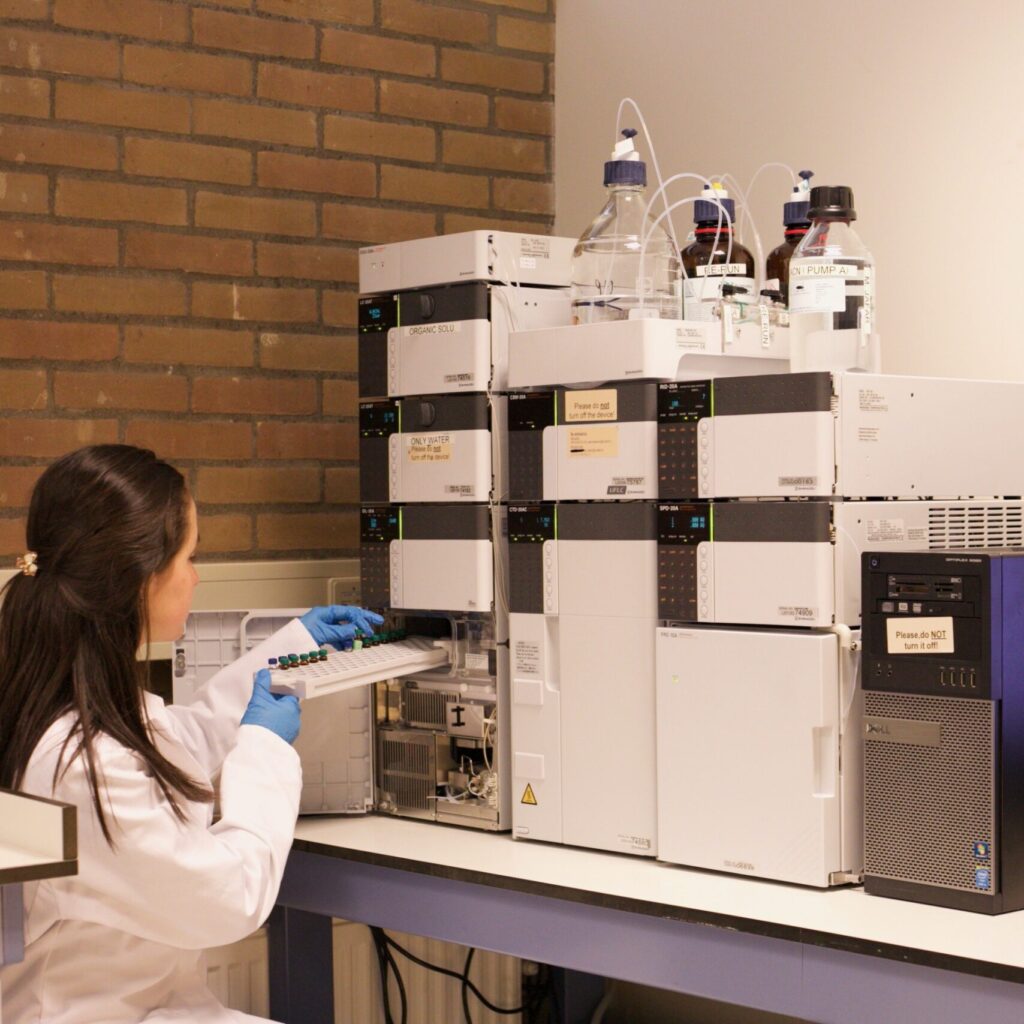
Mid-size Equipment 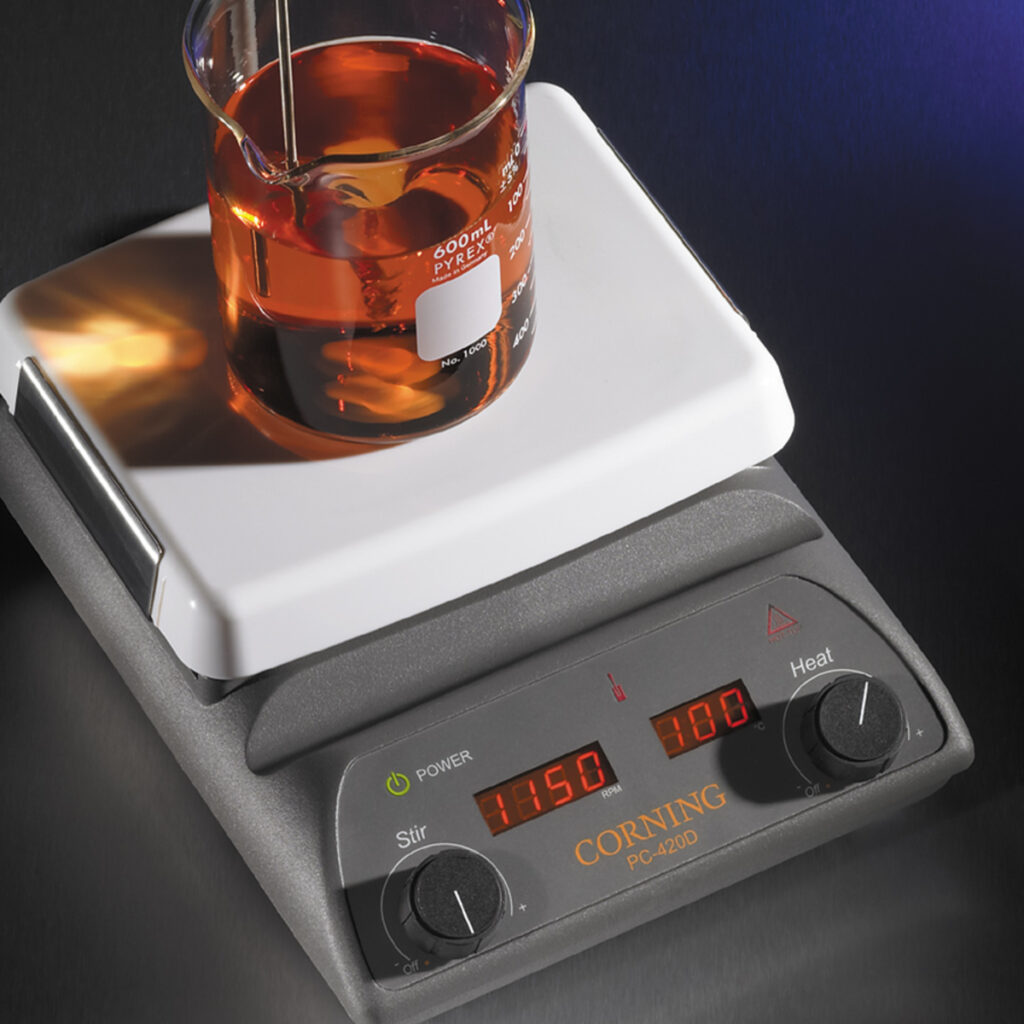
Small Equipment 
Computers/printers
